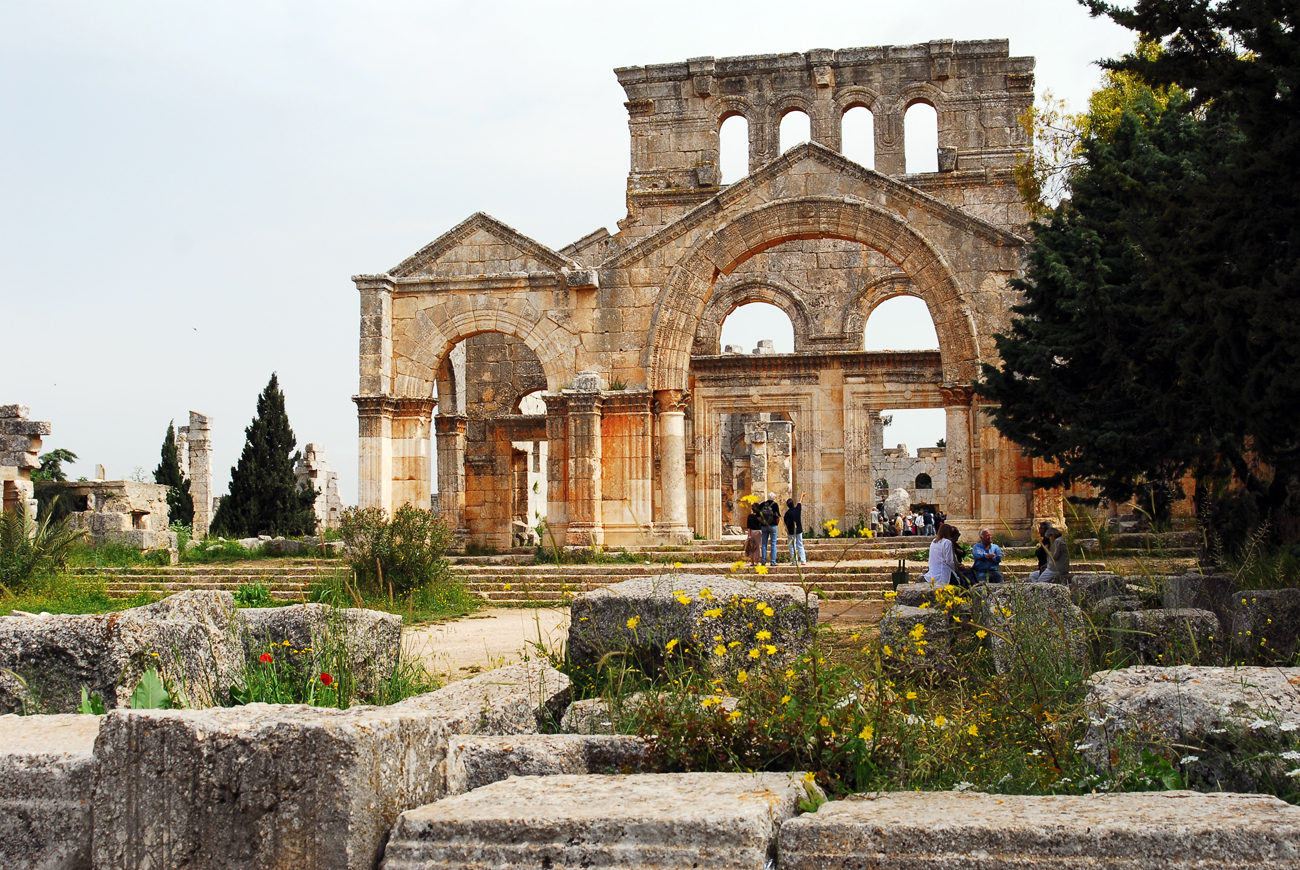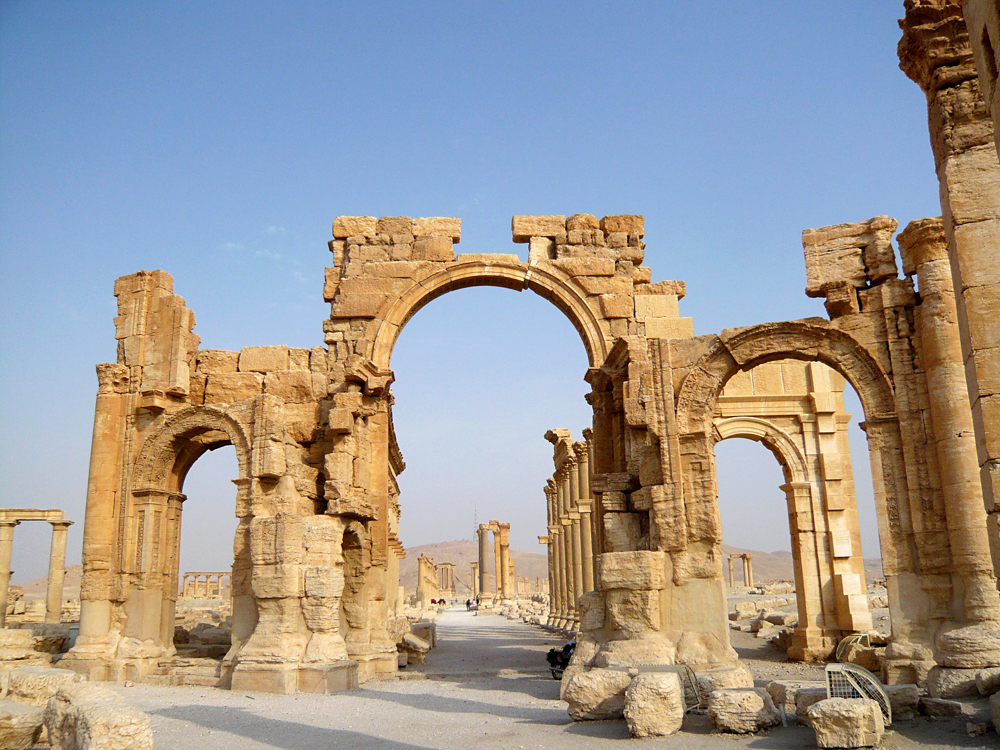Russia to send archaeological expedition to Syria

The remains of the Monastery of St. Simeon, Syria.
Anastasia Romanova / TASSThe Russian Defense Ministry has authorized a group of scientists from the Cultural Heritage Institute to conduct a monitoring expedition in northern Syria. Researchers will visit historically important sites in response to media reports of damage during bombings.
A team of Russian scientists will travel to Syria in late 2016 to conduct a comprehensive inspection of World Heritage sites which reportedly have been destroyed by air strikes. Pyotr Vlasov from the Cultural Heritage Institute told the Izvestia daily newspaper that researchers will examine ancient settlements in Northern Syria, including the archaeological sites Jebel Seman 1, Jebel Seman 2 and Jebel Seman 3.
Russian scientists will be studying several sites, the institute said. Some of the most striking locations to be examined are the Ancient Villages of Northern Syria, a group of settlements dating back to late Antiquity and the early Byzantine period. Some forty villages grouped in eight archaeological parks, situated in northwestern Syria between Aleppo and Idlib, provide an important glimpse into rural life in the 1st – 7th centuries.
Of particular significance are sites connected to the life of Saint Simeon Stylites, including the remains of the pillar atop which the saint reportedly lived for 37 years. He is credited with starting a movement of Christian ascetic stylites, who lived on pillars, preaching, fasting and praying. The movement spread in the East, reaching even to Russia. The remains of the majestic Monastery of St. Simeon continue to serve as a model of Christian architecture of the pre-Islamic period and a place that carries particular significance for the Russian Orthodox world.
Out of the eight archaeological parks, four are under control of militants from the organization Jabhat al-Nusra and their allies, and three are in an area of Kurdish influence, while the remains of the monastery itself were caught in fighting between Rojava Kurds and Islamists.
First published in Russian by Izvestia.
All rights reserved by Rossiyskaya Gazeta.
Subscribe
to our newsletter!
Get the week's best stories straight to your inbox
